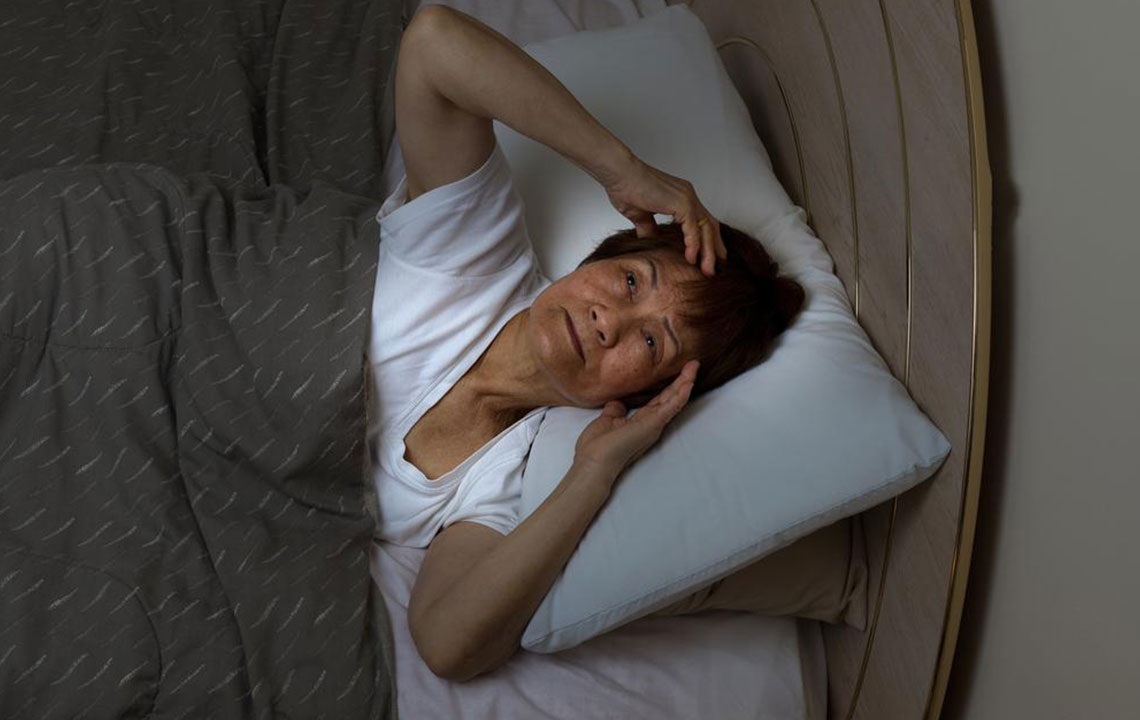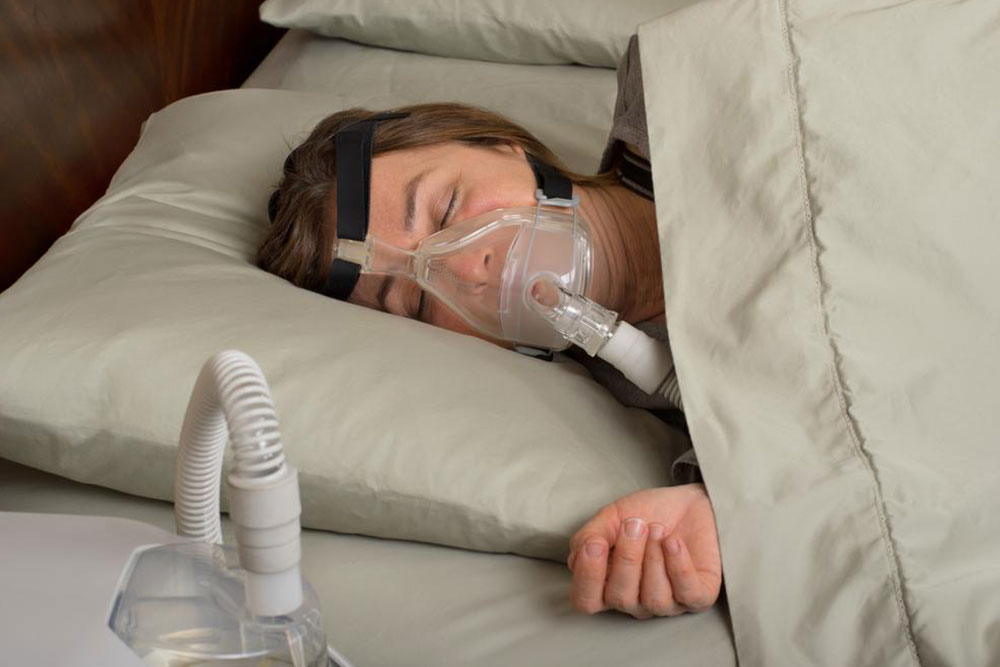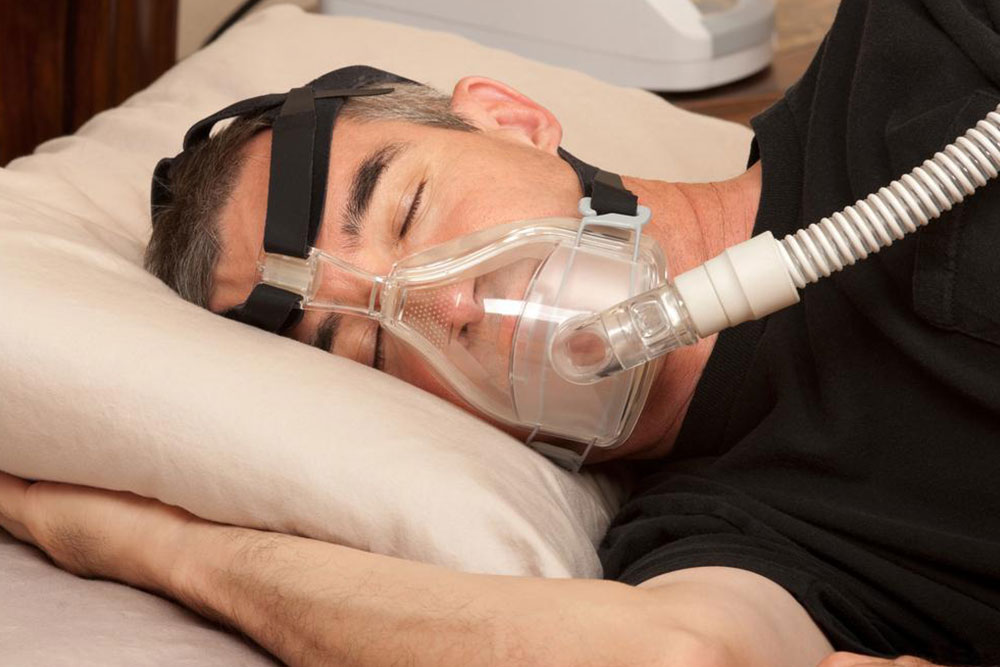Understanding REM Sleep Disorders: Causes and Management
Explore the causes, symptoms, and treatment options for REM sleep behavior disorder. Learn how safety precautions and medications can help manage this sleep disorder effectively. Consult healthcare providers for personalized advice.

Understanding REM Sleep Disorders: Causes and Management
Sleep disorders encompass approximately 17 different conditions, ranging from teeth grinding and bedwetting to severe issues like difficulty falling asleep. This article focuses on REM sleep behavior disorder, which arises when brain nerve pathways fail to inhibit limb movements during REM sleep. Normally, the body experiences temporary paralysis during this phase. Factors like brain diseases, certain medications, and degenerative conditions such as Parkinson's or dementia with Lewy bodies can contribute to these disorders, especially in individuals over age 50.
The International Classification of Sleep Disorders provides guidelines for diagnosis based on symptom presentation. In REM sleep behavior disorder, patients often vocalize, make noises, or perform complex movements like kicking or punching, typically linked to vivid dreams. Diagnosis involves polysomnography, revealing increased muscle activity during REM sleep, without underlying mental health issues, medication effects, or other sleep disturbances.
Treatment primarily focuses on safety measures such as removing objects that could cause injury, cluttering the sleeping environment, or padding furniture and windows to prevent harm. Medications like certain drugs or dietary supplements are used to manage symptoms effectively, though some medications may cause side effects like daytime drowsiness or balance issues. Ongoing research aims to find more efficient treatment options.
Disclaimer: The information provided is for educational purposes only and should not replace professional medical advice. Always consult healthcare professionals for diagnosis and treatment decisions.










